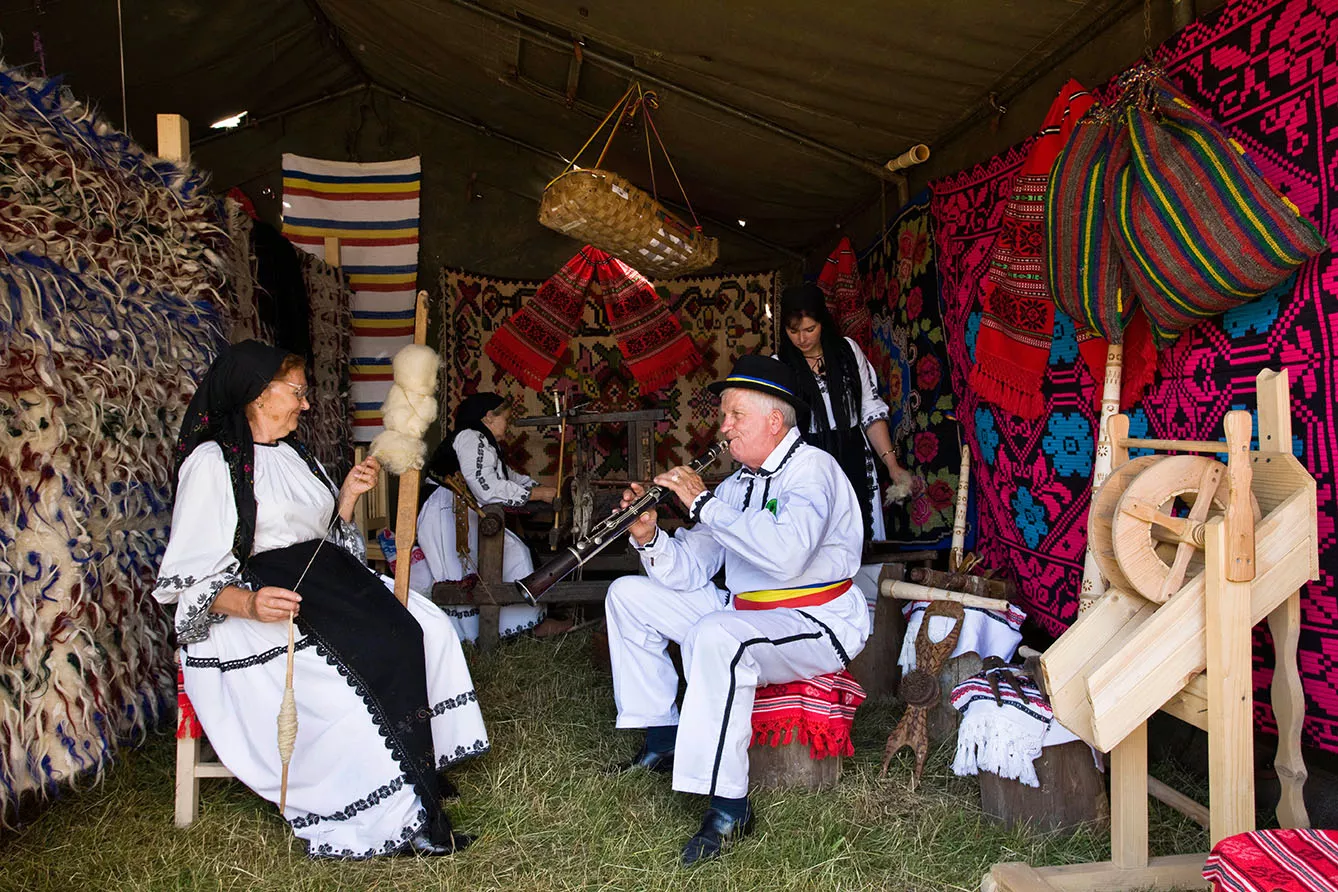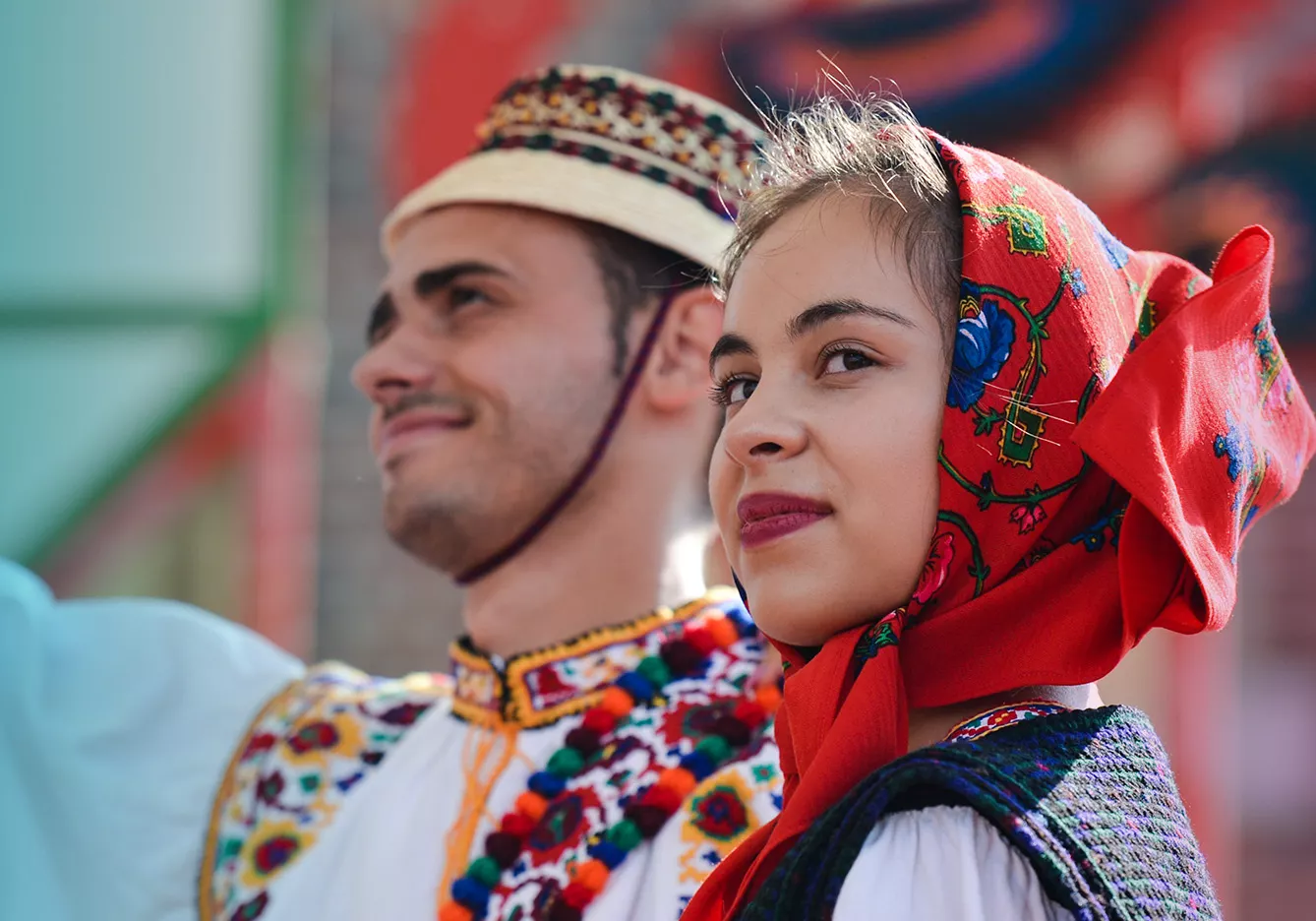For over 200 years, young people from Bihor, Hunedoara, Alba, and Arad have met together on the top of Gaina Mountain to engage in the exchange of specific goods and beverages – and people. It all started as a farewell celebration of the local shepherds that soon turned into an annual fair that would, one day, become an old-fashion version of what Tinder and many other dating platforms are – a place for young people from over the area to meet up. The tradition goes above and beyond what modern-day dating platforms promise, for, in this case, most of the meetings ended up in marriage.



This unique Maiden Fair did not start as a wedding site. What two centuries ago was seen as a small celebration before climbing down the mountain today is seen as one of Romania’s most emblematic and most awaited fairs. Long before the fair became popular among people for its matrimonial status, it was an occasion for them to dance and have fun together.
Maiden fair: The ideal meeting point
Located right at the border between the four counties above, Gaina Mountain made it possible for people from over 80 villages to meet in one place. This was particularly useful as it allowed villagers to come together and sell their handcrafted goods and homemade beverages. It also allowed people to get acquainted, which soon gave birth to the most specific aspect of the fair: matrimonial pairing.
Selling the products remained an important goal of the fair, but as time passed, the opportunity it provided for people to marry grew bigger and bigger. Young women spent years preparing and gathering their zestre (dowry) so that one day, upon climbing the Gaina Mountain, they would find themselves a husband. The young men would, too, step up their game and present themselves to their future wives in their best clothes, often accessorized with gold and silver embedded belts.
Traditionally, the young men would climb up the mountain the day before, followed in the early morning by the women and their families. Then, the girls would set up a tent in which to present their zestre. Now, it was just a matter of time till the first suitor would show up.
If a suitable candidate presented himself to the girl, the family would then question him, and the girl would join the young man in a hora (traditional Romanian dance). Should the two of them fancy each other, they would get married on the spot. A priest attended the fair for this precise reason. The act of tying the knot was then followed by a public exchange of kerchiefs.
Getting the party started
Of course, no celebration is complete without dancing and feasting, and luckily for the newlywed couple, the Maiden Fair had plenty of that to offer, too, so the families could party all day (and night) long. This is how, for years, the villagers would marry their daughters and avoid linkage between relatives. And for the longest time, it was a fool-proof method that brought together people in marriage. Today, thanks to the use of modern-day apps and relocation to the big cities, the Maiden Fair is no longer what its name implies – a maiden market – but just a regular celebration that, thanks to its history and popularity, remains one of the most awaited festivals in the region.







